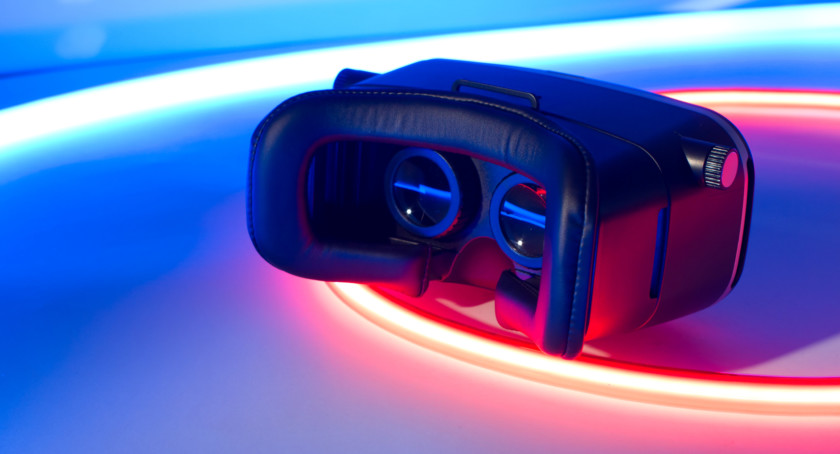Virtual Reality has been hyped for the past few years now, but the technology has not successfully wiggled its way into the mainstream market. However, in the next few months, consumers will most likely begin to see VR-geared products showing up all over the place.

That’s mostly because VR is finally finding its niche: gaming. In fact, just today HTC launched its VR app store, which primarily focuses on games. Similarly, Sony’s PS4 uses VR technology to enhance its users’ gaming experience, making game settings seem more “real.” This is a far cry from what VR was touted as when it first came out. Rather than being the life-altering technology everyone was expecting, VR has proven unwieldy and that until it becomes widely palatable, it will remain just a gamer’s toy.
That’s not to say that VR doesn’t have the potential for practical or high-minded usages. Facebook is still trying to use the VR company Oculus to make virtual reality interactions a mainstay of culture. In addition, other entities are finding uses for the new technology. Earlier this year year, the Economist launched “RecoVR Mosul: a collective reconstruction,” a project aimed at preserving museum artifacts destroyed by ISIS in their bombing of an ancient history museum in Mosul, Iraq.
No matter how cool VR is right now, it will not truly become a part of our daily lives until developers make the technology available cheaply on mobile devices. When (or if) that will occur remains to be seen.


